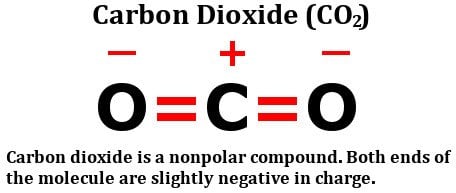

Up all of our bonds that way, alright, give one valenceĮlectron to hydrogen, and the other valence electron to carbon, because that makes it easier for us to see that carbon has four valenceĮlectrons in our drawing, so let me highlight them Valence electron from carbon, so I could give that one valenceĮlectron back to hydrogen, and one valence electron to carbon, and so we're going to divide Remember, when we drew our dot structures, we knew that each bond hereĬame from one valence electron from hydrogen and one Number of valence electrons that carbon actually has in the drawing. I could write a four here, and from that, we subtract the

We know that carbon is supposed to have four valence electrons, so So to find a formal charge for carbon, the formal charge is equal to the number of valence electrons in theįree atom, or the number of valence electrons thatĬarbon is supposed to have. Remember that each bondĬonsists of two electrons, so I'm gonna draw in theseĮlectrons in these bonds, because it's gonna make it easier for us to assign a formal charge to carbon. So let's assign a formal charge to carbon in the methane molecule.

That, you subtract the number of valence electrons in the bonded atom, or the number of valence electrons the atom actually has in the drawing.
#CHARGE OF CARBON MONOXIDE FREE#
You take the number of valence electrons in the free atom, or the number of valenceĮlectrons the atom is supposed to have, and from


 0 kommentar(er)
0 kommentar(er)
